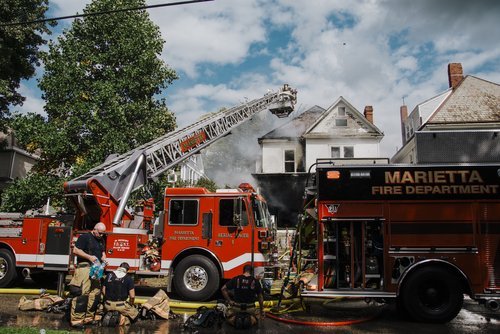A Complete Guide to Obtaining a Fine Art Insurance Appraisal
Fine art appraisals for insurance purposes are an important part of protecting valuable works of art. Appraisals help to determine the value of a piece so that if it is damaged, stolen, or otherwise lost, adequate compensation can be sought. For this reason, USPAP (Uniform Standards of Professional Appraisal Practice) must be adhered to when getting a fine art appraisal. USPAP is the most widely accepted set of professional standards that are a must for fine art appraisals, which help to protect valuable works of art and can be utilized in the event of damage, theft, or loss.
The first step to obtaining an appraisal for insurance purposes is to find an appraiser who specializes in the type of artwork you are insuring, in addition to being trained in the report writing standards expected by the professionals within the insurance industry. The appraiser will complete an inspection of the artwork, creating an inventory and documenting each piece. The inspection is also an excellent way to timestamp any pre-existing condition issues. Highly skilled appraisers also work with a network of professionals and should be able to refer you to a competent restorer or conservator for any condition issues which may need to be immediately addressed.
Following the inspection, the appraiser will issue an appraisal report which will itemize the value of each piece in accordance with the parameters of your insurance policy. The appraiser should provide evidence of how they arrived at the valuation estimate. It is recommended that values are reviewed and updated regularly (most recommend every five years).
In the unfortunate event of loss or damage of artwork on an insurance policy, an adjuster will usually refer to a USPAP-compliant appraiser as part of their assessment process. USPAP-compliant appraisers are specially trained professionals who must adhere to USPAP rules and regulations when conducting their work. As part of USPAP compliance, they must document source data and maintain records regarding who commissioned the appraisal and why.
By adhering to USPAP (Uniform Standards of Professional Appraisal Practice), claimants and insurance adjusters have access to accurate information needed when making claims on these pieces of appraisal standards in North America and provides assurance to buyers, sellers, lenders, insurers, and other stakeholders that an appraisal has been performed competently and honestly. To ensure that USPAP compliance is met when getting a fine art appraisal for insurance purposes it is important to choose a credentialed USPAP-compliant appraiser with experience assessing the type of art being valued. It is also important to check all documentation carefully before submitting it to an adjuster because any errors or discrepancies may affect the outcome of a claim.
By following these guidelines when getting a fine art appraisal for insurance purposes you can be sure that your valuable pieces are properly protected in case anything should happen to them in the future. USPAP-compliant appraisers provide peace of mind that your art will receive proper consideration from your insurer if something unfortunate were ever to occur.


